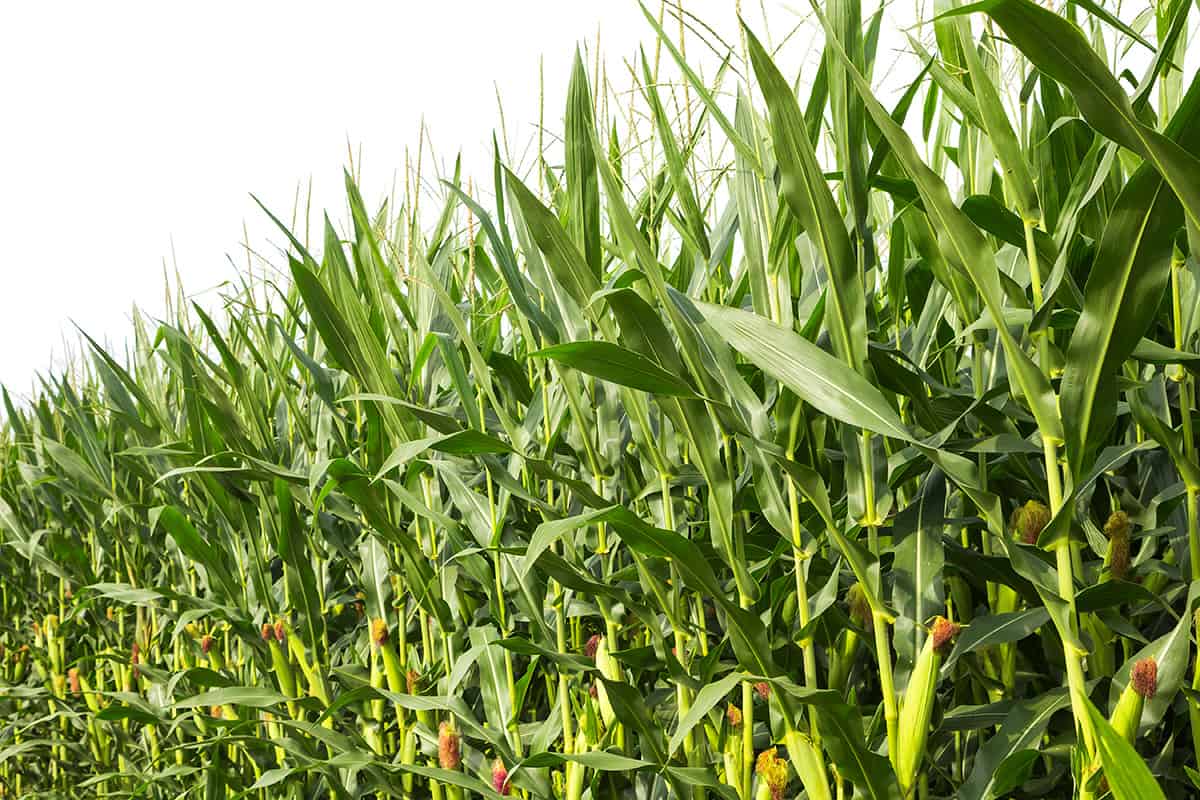Back to: AGRICULTURAL SCIENCE SS1
Welcome to class!
In today’s class, we will be talking about husbandry and cultivation of selected crops. Enjoy the class!
Husbandry and Cultivation of Selected Crops


CONTENT:
- Definition Of Husbandry
- Cultivation of Cereals
- Cultivation of Legumes
- The cultivation of Roots and Tubers
Husbandry
Animal husbandry is the special branch of agriculture concerned with animals that are raised for meat, fibre, milk, eggs, or other products. It includes day-to-day care, cultivation, selective breeding and the raising of crops and animals.
Cultivation of cereals
| MAIZE (Zea mays) | RICE (Oryza Sativa) | |
| Description | Maize also called corn is a member of the grass family (Gramineae). It produces grains, use as food by human beings and livestock. The seed/fruit is called a caryopsis. | Rice is a member of the grass family (Gramineae). The seed/ fruit is called a caryopsis |
| Varieties/cultivar | Sweet maize, flint maize, dent maize, flour maize and popcorn | Swamp rice (Toma) and upland rice (Agbede). |
| Land preparation | Clearing the land and making ridges either manually or mechanically. | Clearing the land and making ridges either manually or mechanically. |
| Climatic requirement | Temperature – 260C-300C, Rainfall – 75cm-150cm per annum | The temperature of 200c, Rainfall of 75cm-120cm for upland rice and over 250cm for swamp rice. |
| Soil requirement | Sandy-loamy soil of PH 6-7 | Loamy-clayey soil. |
| Method of propagation | By seeds | By seeds |
| Planting date | Early maize – March/April Late maize – July/August | South – April/May, North – August/ September. |
| Planting | It can be done manually using cutlass or mechanically by planter at 2-3 seeds per hole. | Planting can be done by broadcasting, sowing or drilling. |
| Seed rate | 20-30kg per hectare of land | 65kg per hectare at 2-3 seeds per hole. |
| Spacing | 80cm between row and 30cmwithin row | 25-30cm apart depending on varieties. |
| Cultural practices | Supplying, thinning, weeding fertilizer application, control of pests and diseases. | Supplying, thinning, weeding fertilizer application, control of pests and diseases. |
| Maturity period | 90-120 days after planting depending on varieties. | 4-7 months depending on varieties. |
| Harvesting | Harvesting can be done manually with hand or using a hand sickle and mechanically using a combined harvester. | Redheads of rice are harvested with a knife, sickle or combined harvester. |
| Processing | It is eaten either boiled, roasted or processed into corn flour or corn flakes. | Sun drying, threshing, winnowing, per boiling, hulling and polishing. |
| Uses | It is consumed by man and farm animals and as a raw material in brewery industries | It is consumed by man and farm animals. |
| Storage | Dried cobs are stored in cribs, rhombus or a fireplace, grains stored in a silo. | Processed form in silos or jute bags. |
Evaluation
- Mention the nutritional value of the following class of crops A. cereals B. legumes C. vegetables D. spices E. beverage crops
- Discuss the cultivation of a named cereal under the following subheadings A. soil and climatic requirement B. cultural practices C. planting date, materials and planting D. maturity period E. harvesting
Reading assignment
Answer question 7 on page 177 of Essential Agricultural Science by O. A. Iwena
In our next class, we will be talking about Cultivation Of Legumes. We hope you enjoyed the class.
Should you have any further question, feel free to ask in the comment section below and trust us to respond as soon as possible.

Very brief and give appropriate information but can you give us like three more because this two won’t do
Yes na pls give us three e.g coconut,tomatoes and rubber
very nice enough 😊👍
this was really helpful 🙂👍
I love this particular topic